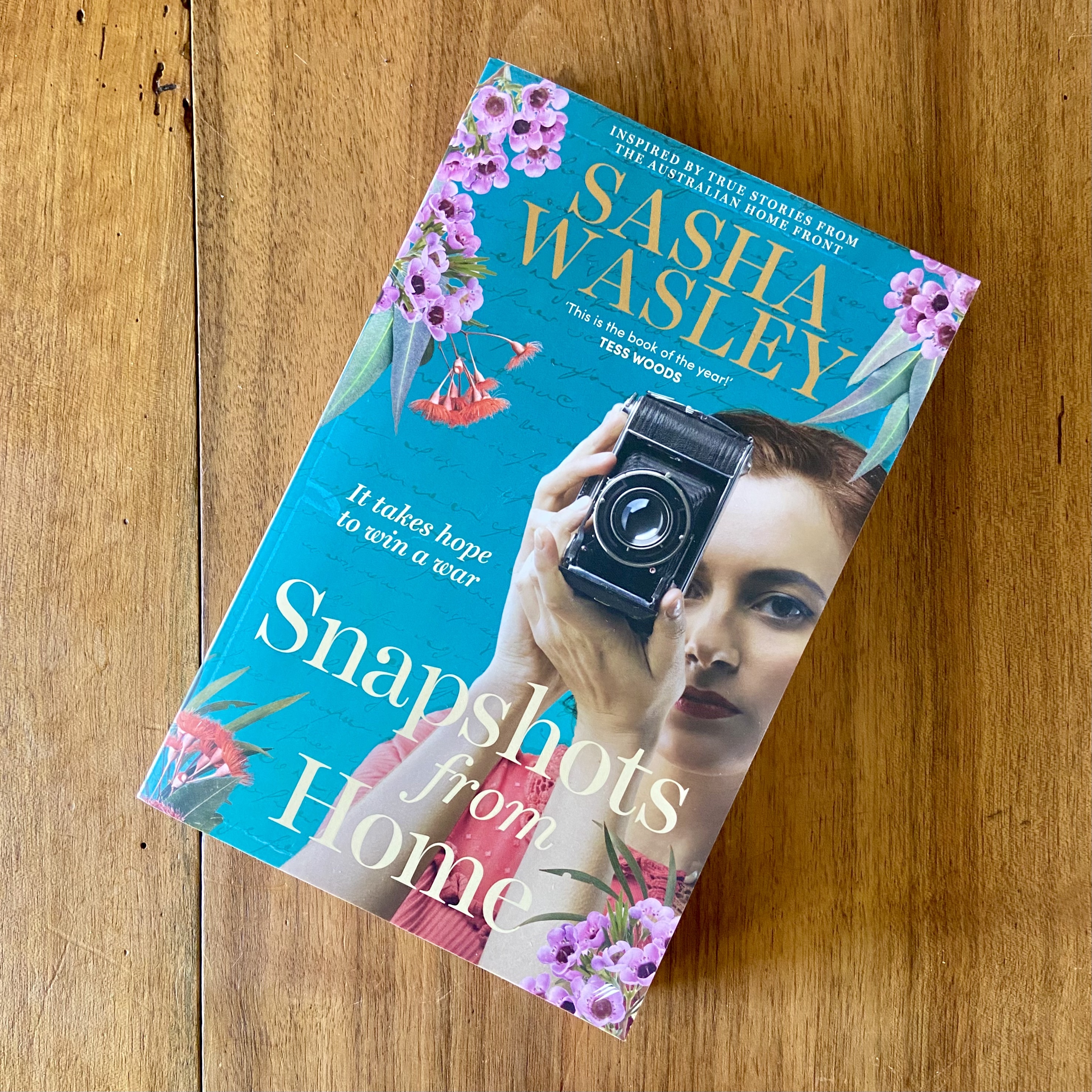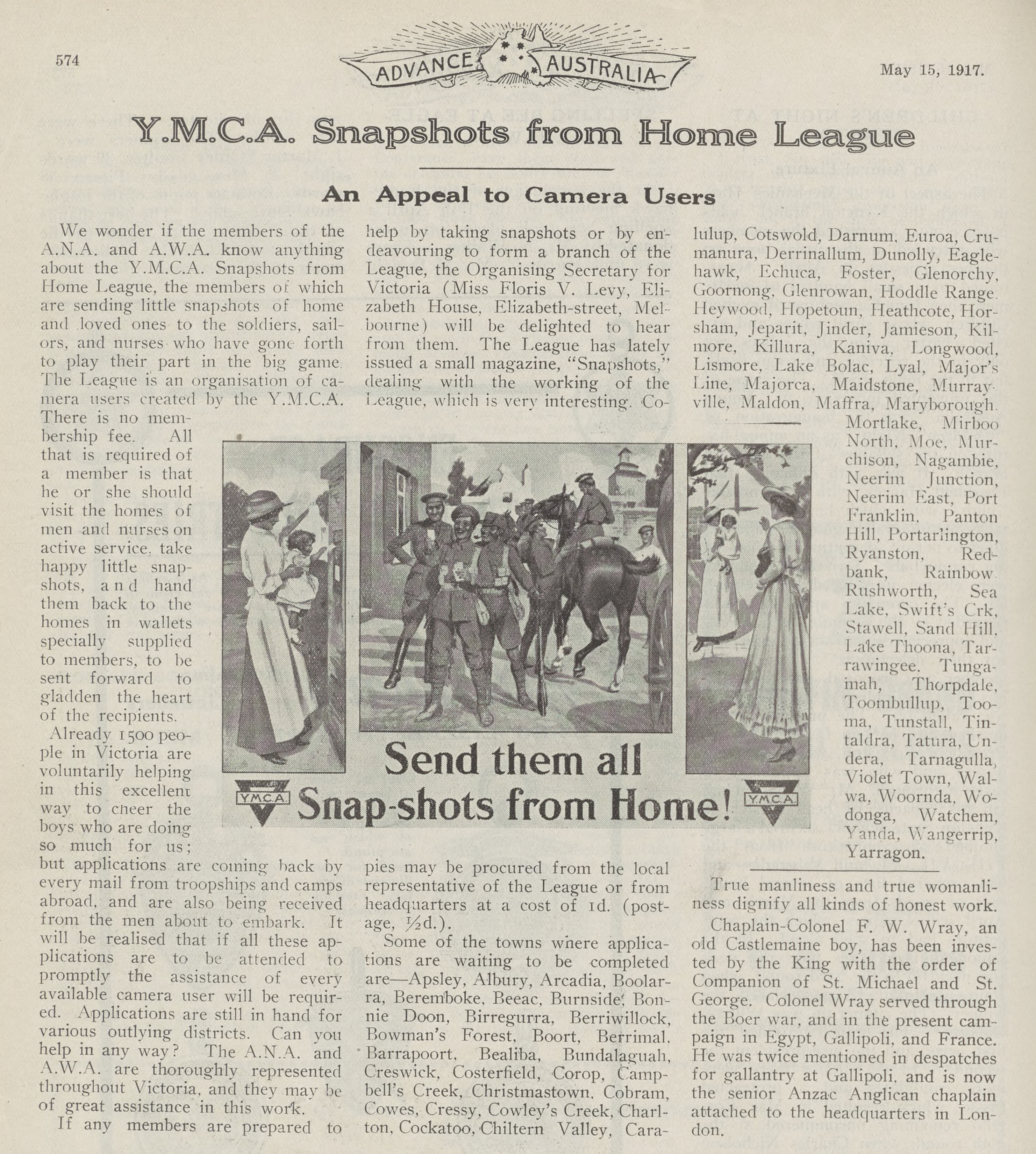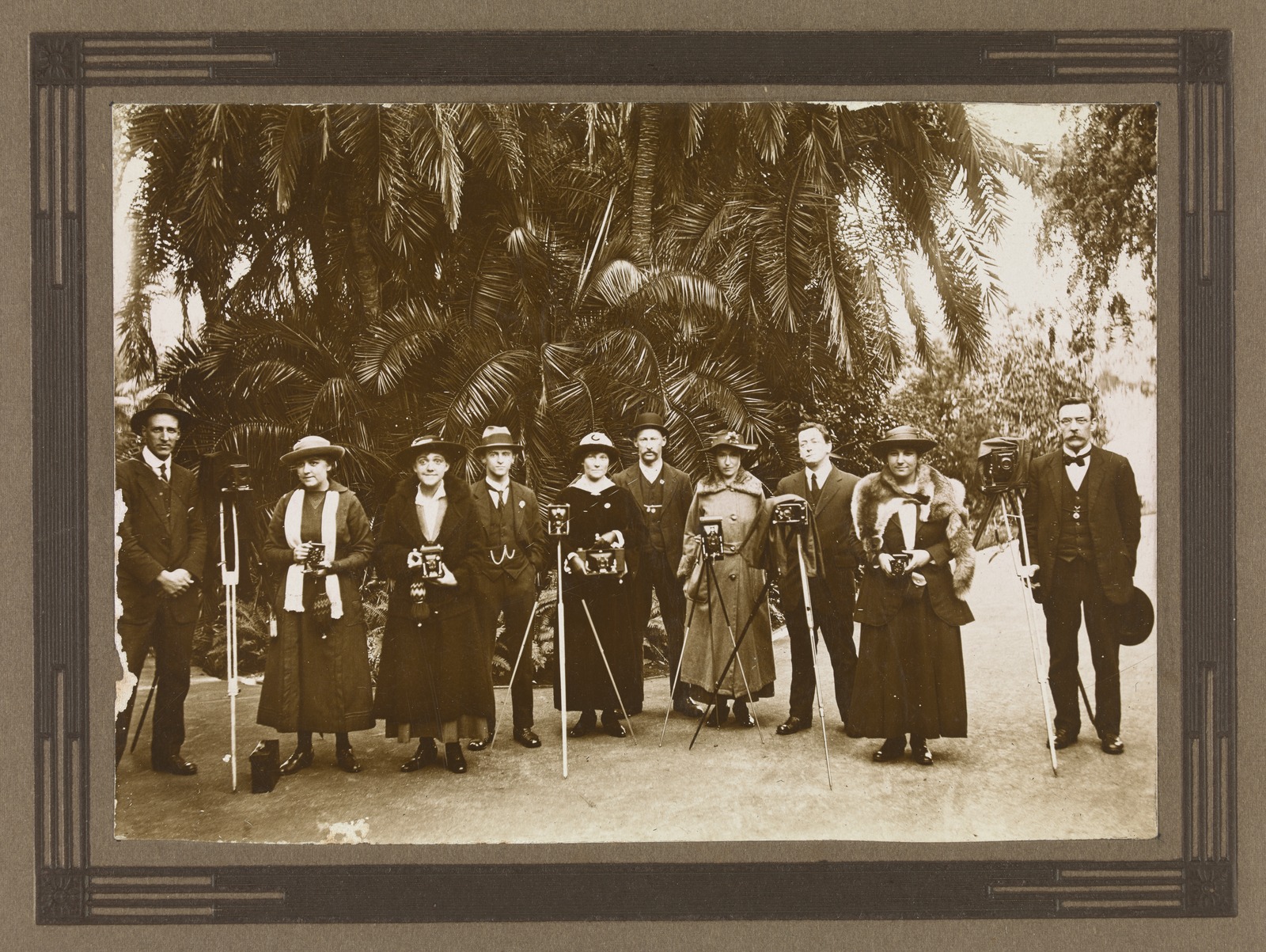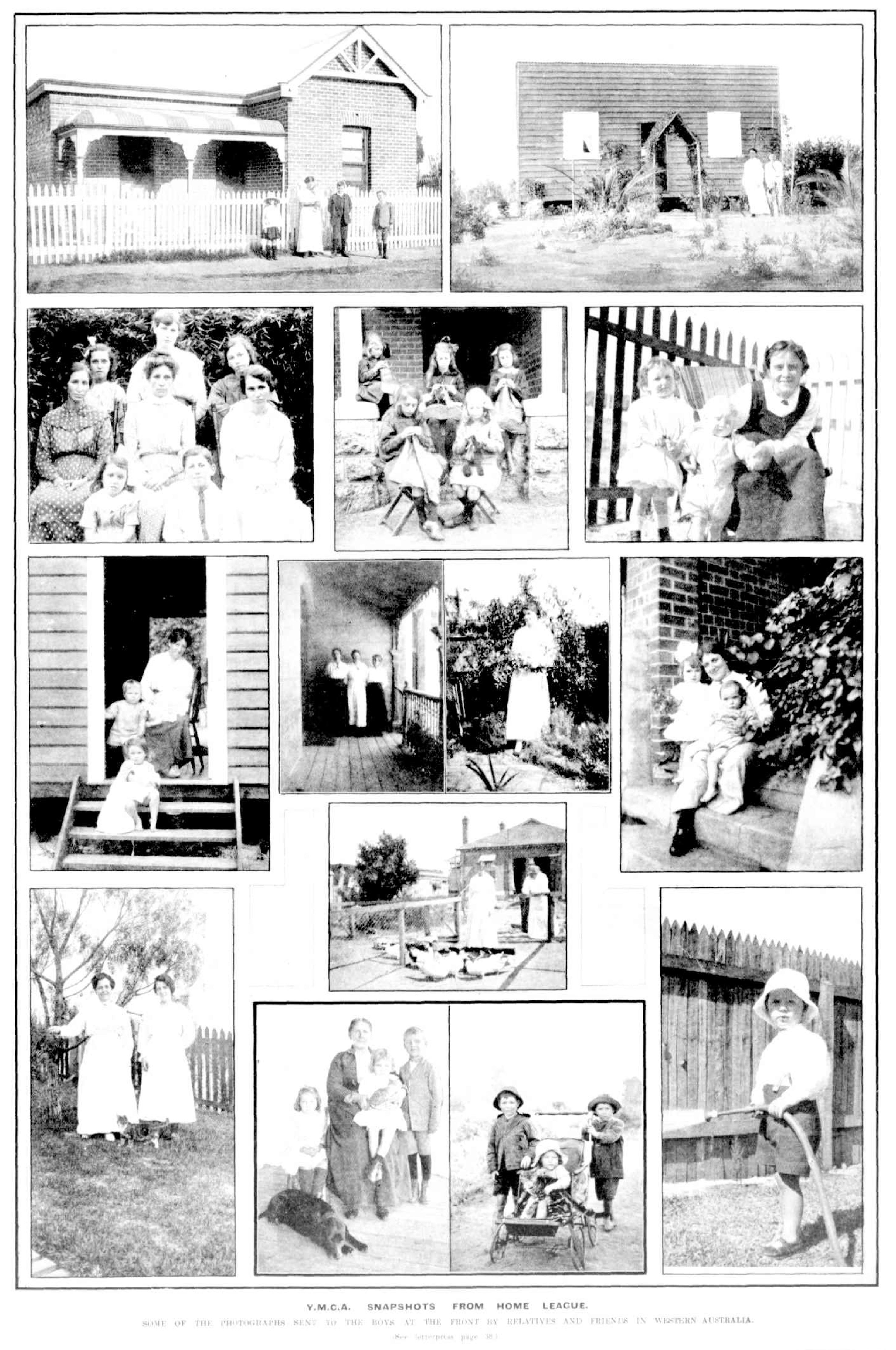
Writing a book with Trove: Q&A with Sasha Wasley
Sasha Wasley is a lifelong storyteller who was first published in 2015. The Boorloo (Perth) based author writes contemporary fiction, historical fiction, and middle grade novels under the pen names of Sasha Wasley and Ash Harrier. Her latest novels are The Strange Sighting (children's mystery February 2024) and Snapshots from Home (adult historical, July 2023).
So how does she do it? We chatted to Sasha about writing and using Trove for research.
‘Trove is incredibly important to writers, researchers, and historians because it allows us instant access to a searchable database via an internet connection, saving a vast amount of research time. If we didn't have Trove, we'd be forced to go into archive offices and trawl microfiche records, hoping to find what we're looking for instead of being able to search by keywords.’
‘I often use Trove several times a day while I'm writing and researching.’
Advice to authors

When using Trove for your writing, Sasha’s biggest piece of advice is: ‘read the articles on how to use Trove before you embark on your research.’
‘They are so useful - especially the use of AND and NOT in searches and exactly how to narrow your search down.’
‘For best results using the simplest method, I tend to start with a keyword in the main search bar and narrow it down to publication type, then location, then dates.’
How to write a book with Trove
Sasha tells us there are three main ways she uses Trove to research her books.
-
Research your main subjects
Whether you’re already an expert in your subject or exploring something new, a Trove search can help you find general background information on a topic as well as specific details, that may have been lost over time.
Sasha gives an example from her recent book Snapshots from Home.
‘I use it to research subjects such as the Snapshots from Home League comfort scheme. I enter the keywords and investigate the results, sometimes narrowing it down with locality and date filters. That gives me a good overview of how much a subject has been discussed and how it made news in the world. I discovered, for example, that the number of volunteers for the Snapshots from Home League in WA was quite low and they struggled to meet demand during WWI.'

-
Identify significant events of the era
‘The second way I use Trove is to identify significant happenings in the era I'm using for the setting of my book. My books tend to be set in very local places such as small towns and it's useful to see what was going on around particular dates.’
‘My character in Snapshots from Home is a schoolteacher working in York Western Australia in 1917. She goes home to Guildford during the winter break and while I was searching Trove for weather reports for August 1917, I discovered a major flood took place that year, inundating the Swan Valley and Avon Valley. I was able to bring that discovery into the story and make the flood a plot point relevant to the narrative.’
-
Study the sensibilities and vernacular of the time
‘The third way I use Trove is to help me with the sensibility and vernacular of the era I'm writing about - that is, how people thought and how they spoke.’
‘For example, I've recently been looking at the concept of slavery in Australia for a new book set in 1928. I wanted to know if people were talking about First Nations workers using words like "slavery" or "indentured servants", so I combined those keywords to find out. (If you're interested, yes, the word slavery was being brought up, discussed, and denied in relation to Aboriginal people and even prompted a Royal Commission in the British Houses of Parliament).’
‘Another trick I've learned was told to me by a writer friend who is also a librarian. He said if I'm unsure whether a certain phrase or word was being used in the era, I could search Trove in that date range to find out. This trick has been incredibly useful in helping me write authentic dialogue.’

In the search bar
When we asked Sasha about some of her recent Trove searches, she tells us she’s been using Trove to research her next book, which will be set in 1928.
‘It will include some of the troubles faced by Italian immigrants in Australia. I discovered that 1928 was smack bang in the middle of a backlash against Italian immigrants against the background of the White Australia Policy and the postwar economic downturn. There were accusations of Italians taking “Britishers” jobs and undercutting their pay, and several violent attacks on and by Italians took place, especially in Melbourne, but all over Australia. The rise of Fascism under Mussolini was building bad feeling against Italians here and abroad. Mussolini was said to have stacked Australian Italian Consulate staff with party faithful. But a lot of it came down to unmistakable garden-variety racism.’
But that’s not all she’s been searching.
‘Another juicy research topic has been thylacines. I wanted to see what was being said about the hunting practices and numbers in the 1920s and ended up down a rabbit hole investigating late sightings of thylacines in the 1960s!’
‘I also use Trove for personal purposes, searching for things I'm curious about as well as my family history.’
‘I wrote about my great-great uncle who died in WWI in Snapshots from Home, and while researching his death on Trove, stumbled across his engagement announcement. No one in my family had been aware that he was engaged before he died. Then when I was speaking about the discovery at an event, a reader asked me what happened to Aubrey's fiancée. I was able to go away and use Trove to find that she eventually married and had children! It was nice to see her finding some happiness.’

For the love of Trove…
From “accidentally” stumbling onto Trove from a Google search result several years ago, Sasha is now well and truly at home in the Trove community rabbit-warren.
‘For about three or four years now, I've been going straight to Trove to research particular topics. I'm now a huge fan and advocate, a donor, and a registered user doing text corrections while I work!’